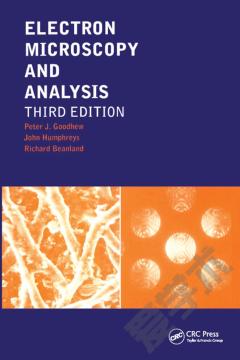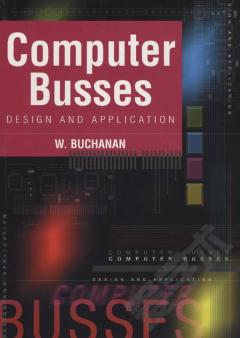Flow and Capillary Electrophoretic Analysis
The main way of making progress in analytical chemistry is searching for new techniques and developing new methods of determination. This also includes constant development of the laboratory methods to be used in both flow analysis (FA) and capillary electrophoresis (CE). They were developed almost simultaneously in the recent decades, and although both FA and CE techniques exhibit many differences in instrumentation, exploited phenomena and employed processes and applications, their numerous features allow for them to be considered related. The most general common feature of both techniques is that they use different phenomena and properties of chemical species exhibited in the flowing stream of a liquid for analytical purposes. The flow itself is generated and modulated in various ways, and the selectivity of detection of analytes is achieved in result of the application of strong electric field (CE), carrying out both offline and online sample processing or analyte transformation (CE, FA) and employing the most suitable detection methods (CE, FA). A basic common attribute of both techniques is carrying out the detection of analytes during the flow of solution through the detector, with the possibility of applying a large variety of different techniques for this purpose, including the most complex ones. A commonly exploited advantage is the sample processing under flow conditions inside the CE capillary or in flow-through modules/reactors of appropriate designs (FA). The same approaches are employed for the miniaturization of measuring systems, leading to microfluidic systems, which with an appropriate design can be simultaneously used for a flow-injection screening of analytes as well as for quantitative CE determinations. Yet another valuable approach is a construction of hybrid measuring systems, combining FA and CE. In spite of the presence of chromatographic methods for CE or the mechanization/automation of analytical multi-step procedures with different concepts of discrete analyzers in FA, both abovementioned techniques maintain their solid position in modern chemical analysis with thousands of applications in different fields.This book presents current development trends in flow analysis and capillary electrophoresis. It contains numerous review chapters dedicated to various aspects of both techniques. There are also chapters reporting the results of selected studies on the development of detailed analytical procedures for different fields in routine analysis. Based on an appropriate selection of the discussed problems, it reports the present status of both analytical techniques, offering a unique comparison of relations and similarities of those important fields of contemporary analytical chemistry. There are numerous world renowned experts in these fields included in the long list of contributing authors. The book can be a valuable assets for students of all disciplines, which utilize the achievements of modern analytical chemistry, including food chemistry, clinical analysis or forensic chemistry, as well as laboratory personnel and research staff involved in the development of new analytical methods and designing analytical instrumentation. (Nova)
{{comment.content}}








 京公网安备 11010802027623号
京公网安备 11010802027623号